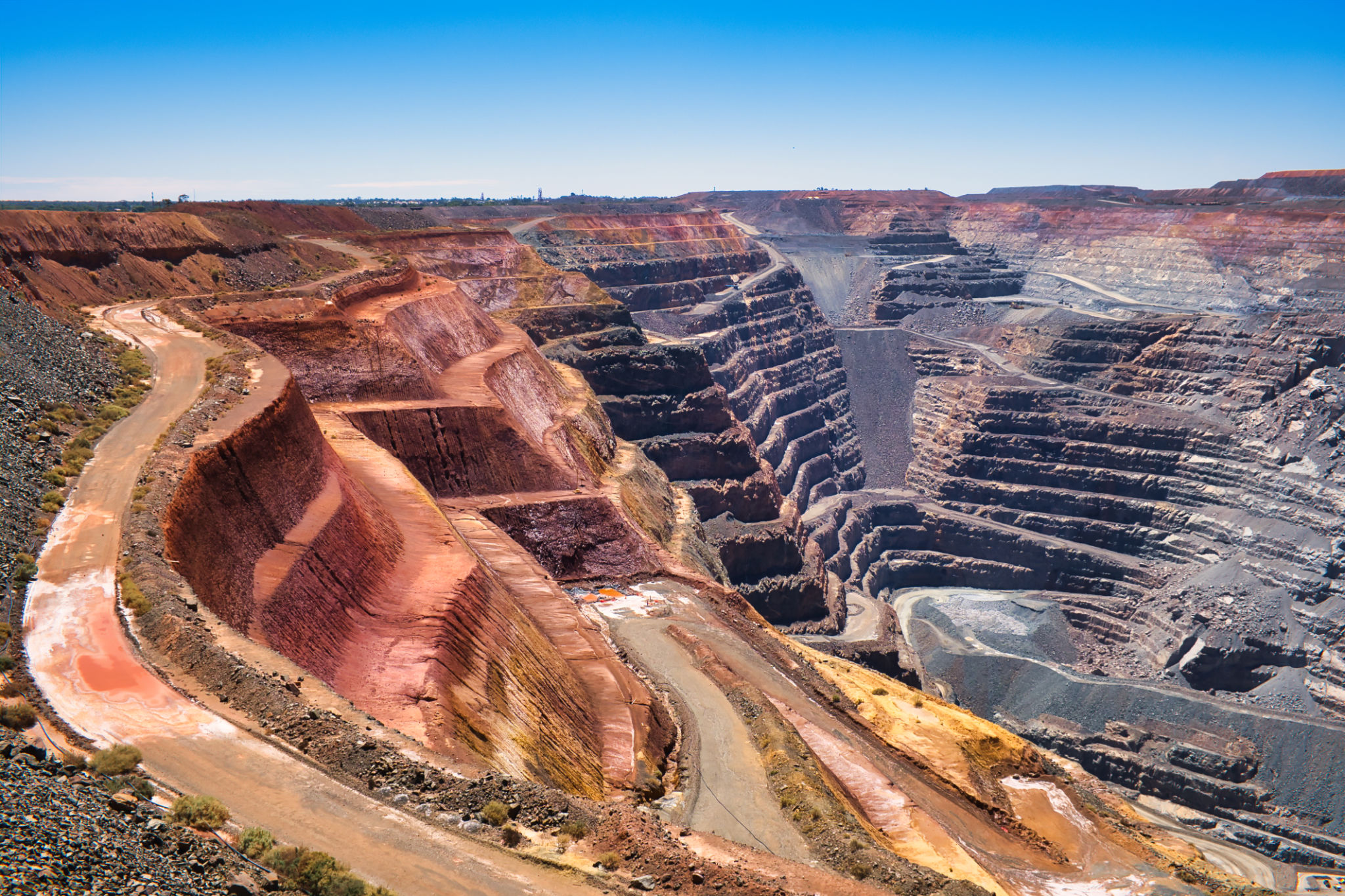How Remote Sensing is Revolutionizing Mineral Discovery in Africa
Introduction to Remote Sensing in Mineral Discovery
Remote sensing technology is transforming the landscape of mineral discovery across the globe, and Africa is no exception. This advanced technology allows geologists to detect mineral deposits from afar, significantly reducing the time and cost associated with traditional exploration methods. As African countries aim to harness their abundant natural resources, remote sensing emerges as a vital tool in their arsenal.

The Science Behind Remote Sensing
Remote sensing involves capturing data from the Earth's surface without physical contact, using tools such as satellites and aerial sensors. These tools measure various properties like electromagnetic radiation, which can indicate the presence of different minerals. By analyzing this data, geologists can identify potential locations for mineral deposits.
One remarkable aspect of remote sensing is its ability to cover vast and often inaccessible areas. In Africa, where terrain can be challenging and infrastructure limited, this capability proves invaluable. Geologists can now explore regions that were once considered too remote or costly to survey.
Benefits for Mineral Exploration in Africa
Remote sensing provides numerous advantages for mineral exploration in Africa. Firstly, it enables precise mapping of mineral-rich areas, which helps mining companies focus their efforts on the most promising sites. This not only saves time but also reduces the environmental impact of exploration activities.

Additionally, remote sensing technology supports sustainable mining practices. By minimizing the need for extensive ground surveys, it decreases land disturbance and protects local ecosystems. This is particularly important in Africa, where biodiversity is a significant concern.
Applications and Success Stories
African countries are increasingly adopting remote sensing technologies with impressive results. For instance, in Namibia, satellite imagery helped identify new uranium deposits, propelling the country to become one of the world's largest uranium producers. Similarly, in Ghana, remote sensing has been instrumental in gold exploration, leading to significant discoveries.
These success stories underscore the potential of remote sensing to unlock Africa's mineral wealth. As more countries invest in this technology, it's likely that similar breakthroughs will follow across the continent.

Challenges and Future Prospects
Despite its advantages, remote sensing is not without challenges. The technology requires significant investment in terms of equipment and expertise. Additionally, interpreting the data demands skilled professionals who can accurately analyze complex information.
However, as technology continues to advance and becomes more accessible, these challenges are likely to diminish. The future of mineral discovery in Africa looks promising, with remote sensing poised to play a central role in this evolution.
Conclusion
In conclusion, remote sensing is revolutionizing mineral discovery in Africa by providing an efficient and sustainable method for exploring the continent's vast resources. With continued investment and technological advancements, this approach will undoubtedly lead to further discoveries and economic growth.
As African nations embrace this cutting-edge technology, they are better positioned to manage their natural resources responsibly while maximizing their economic potential. The future of mineral exploration in Africa is bright, with remote sensing lighting the way.
